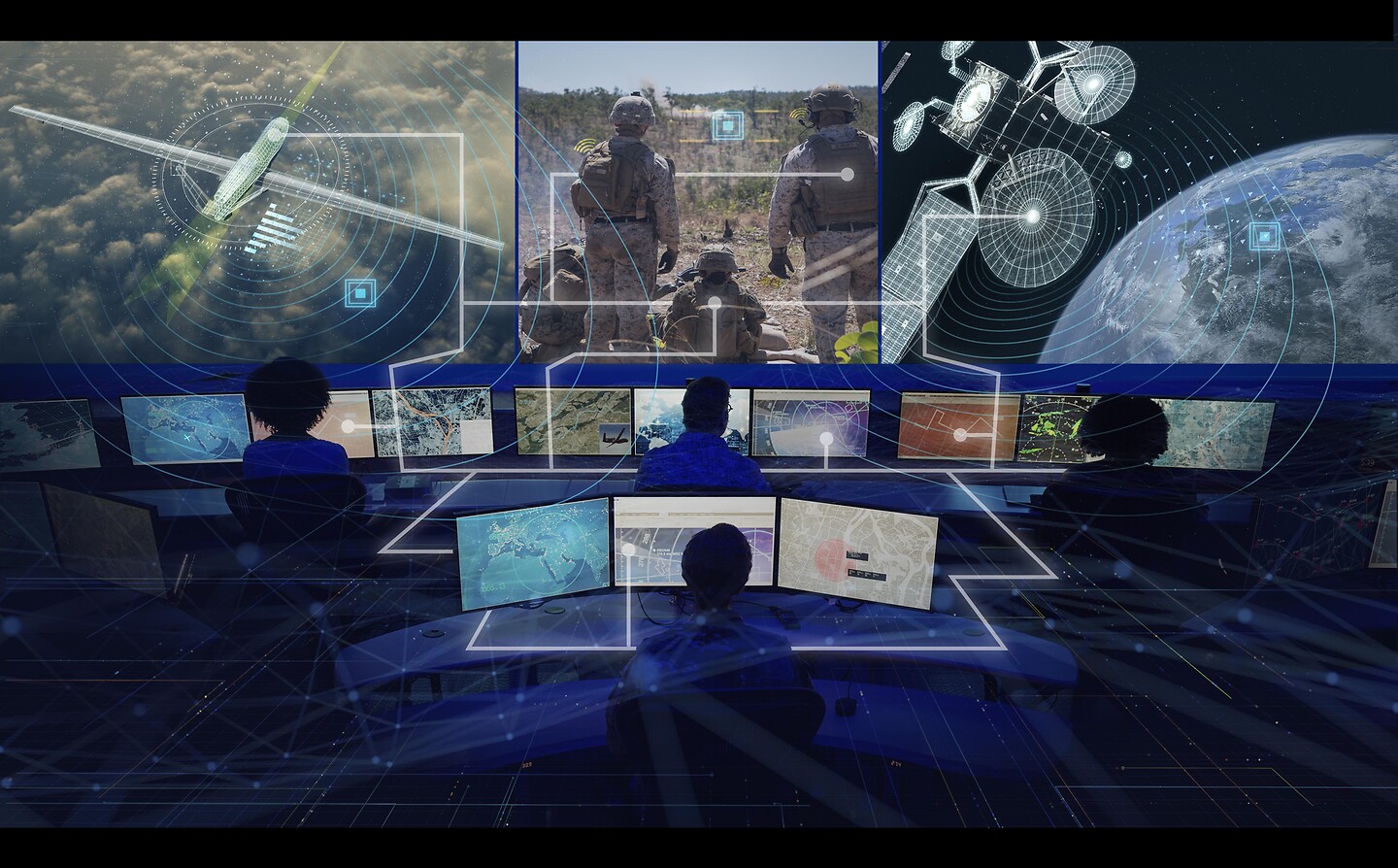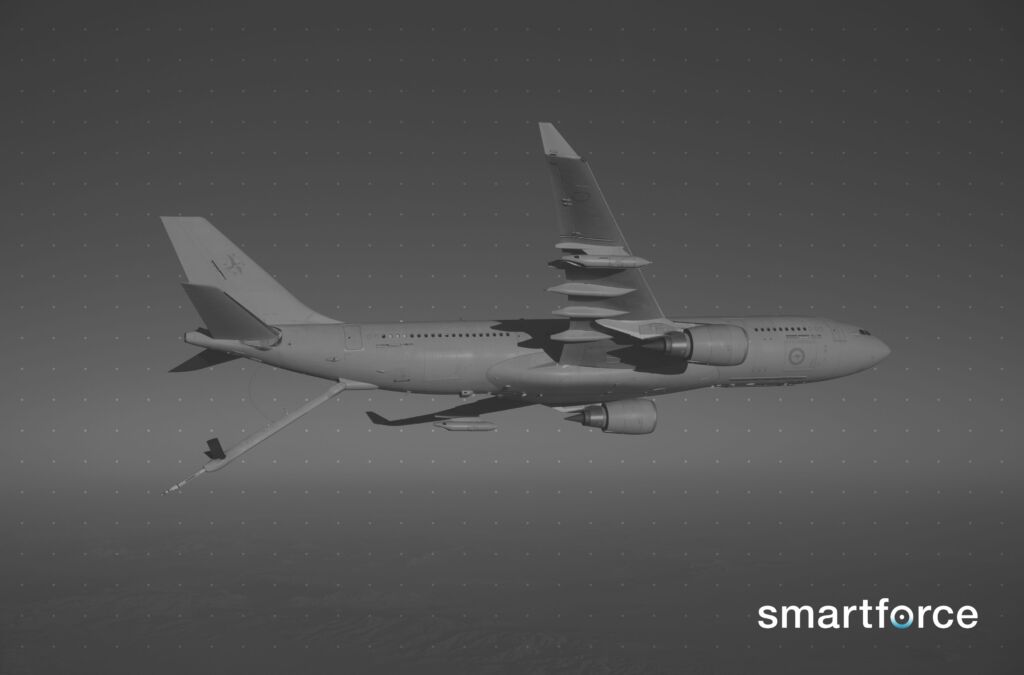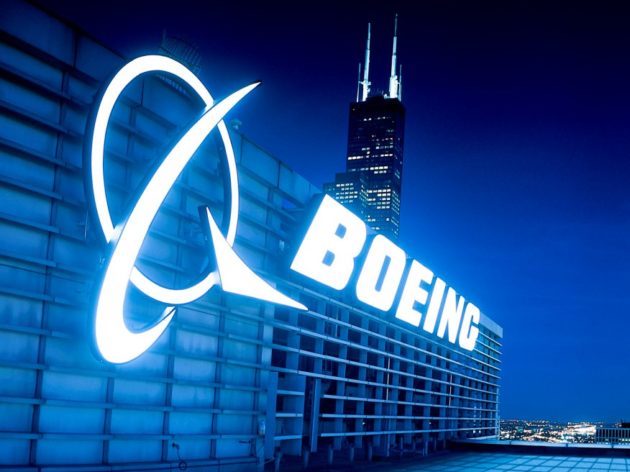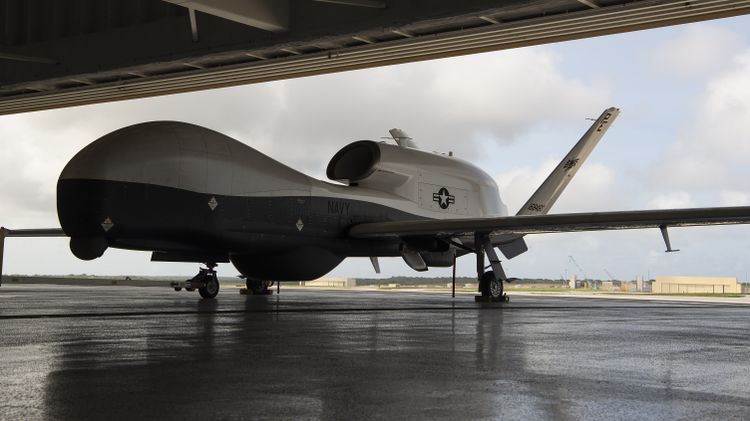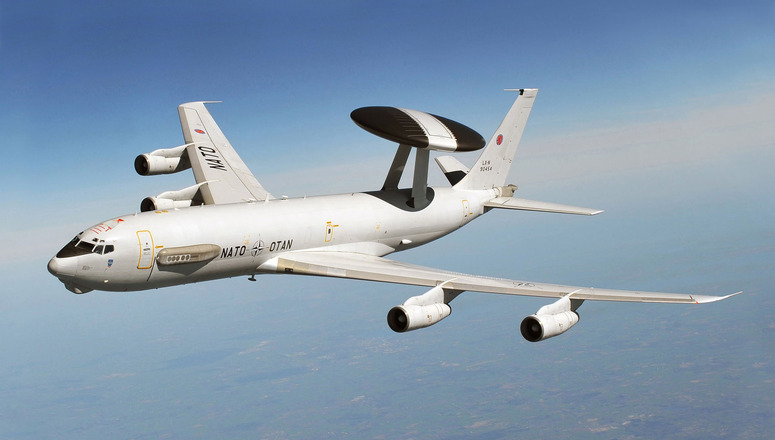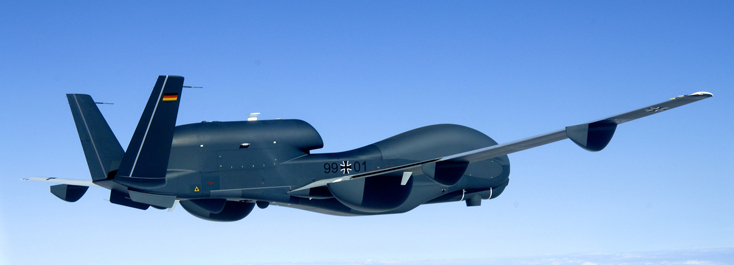Syracuse, New York, January 29, 2024 – Lockheed Martin Corporation (NYSE: LMT), under contract to Northrop Grumman for the U.S. Navy’s E-2D Advanced Hawkeye, has delivered the 75th APY-9 radar that provides the U.S. Navy with information dominance through revolutionary sensor capability. More Hawkeyes have been built and delivered than any other AEW platform in the world.
The newest Advanced Hawkeye variant is at the forefront of technological capability, due in large part to Lockheed Martin’s APY-9 radar. The Northrop Grumman-built E-2 has come to be known as the U.S. Navy’s “eyes of the fleet” because of its ability to simultaneously watch over air, land and sea. Any time a Navy carrier has aircraft airborne, there is an APY-9 radar at work, guarding the United States and its allies.
On Time and On Task
The U.S. Navy has funded 80 out of 86 aircraft in the current program of record. Japan has purchased 18 E-2D Hawkeyes and France has purchased three. With U.S. and international demand, the APY-9 is expected to be in production into the late 2020’s, and in modernization and sustainment well into the 2040’s.
Click the link below to read the full press release!
Forward-Looking Statements
This press release may contains forward-looking statements within the meaning of the Private Securities Litigation Reform Act of 1995, including expected delivery dates. Such statements are based on current expectations and projections about our future results, prospects and opportunities and are not guarantees of future performance. Such statements will not be updated unless required by law. Actual results and performance may differ materially from those expressed or forecasted in forward-looking statements due to a number of factors, including those discussed in our filings with the Securities and Exchange Commission.
